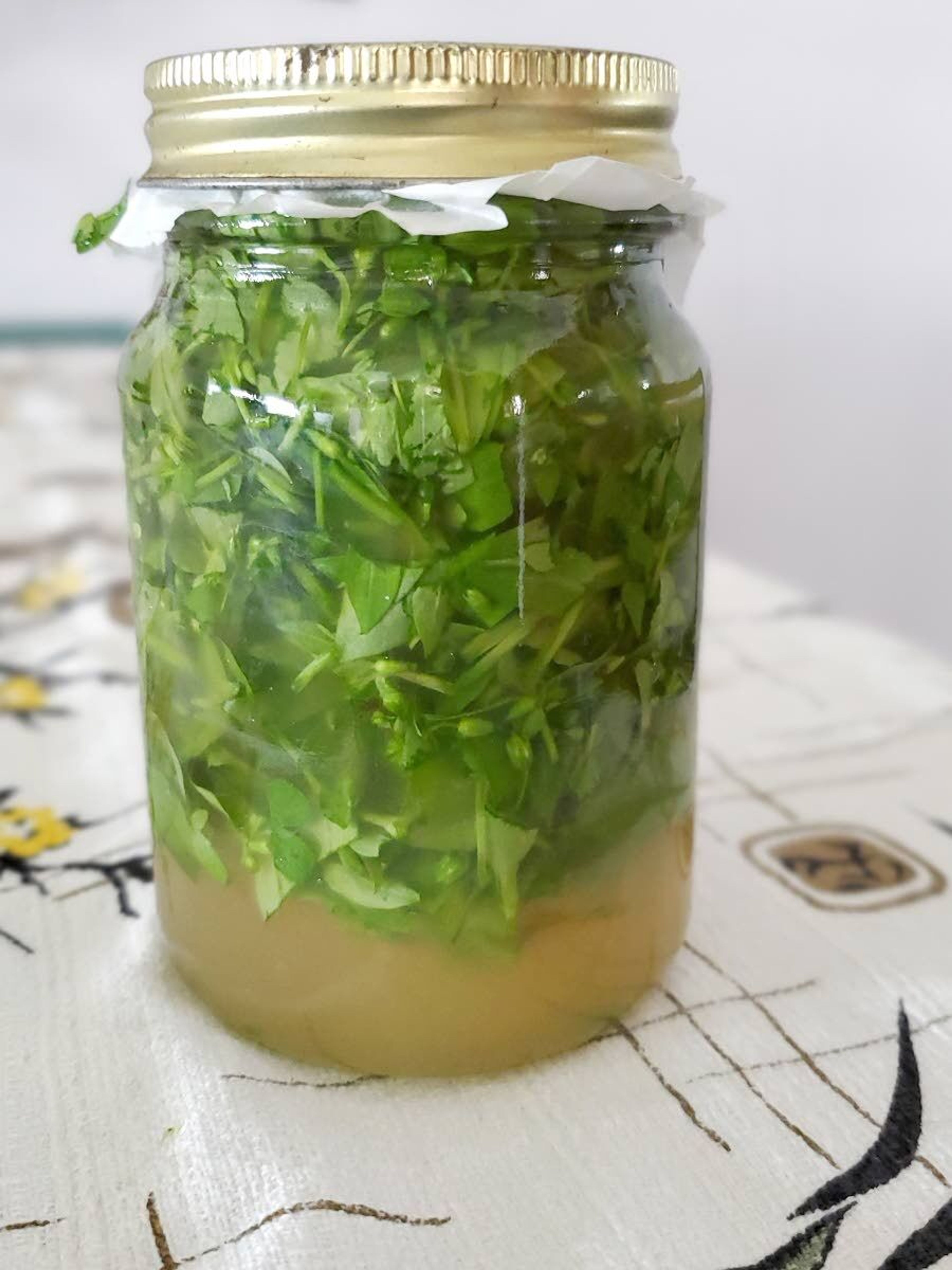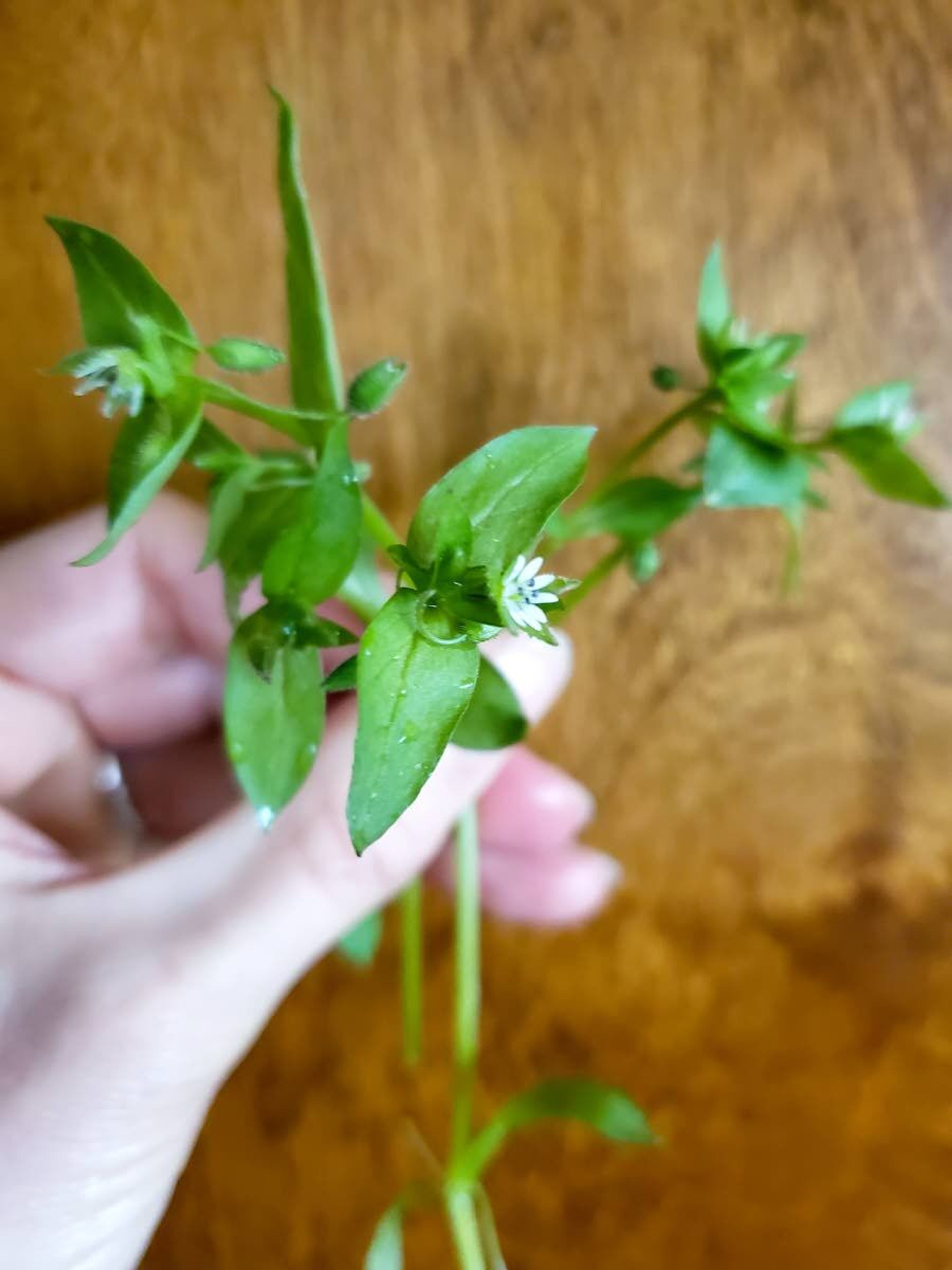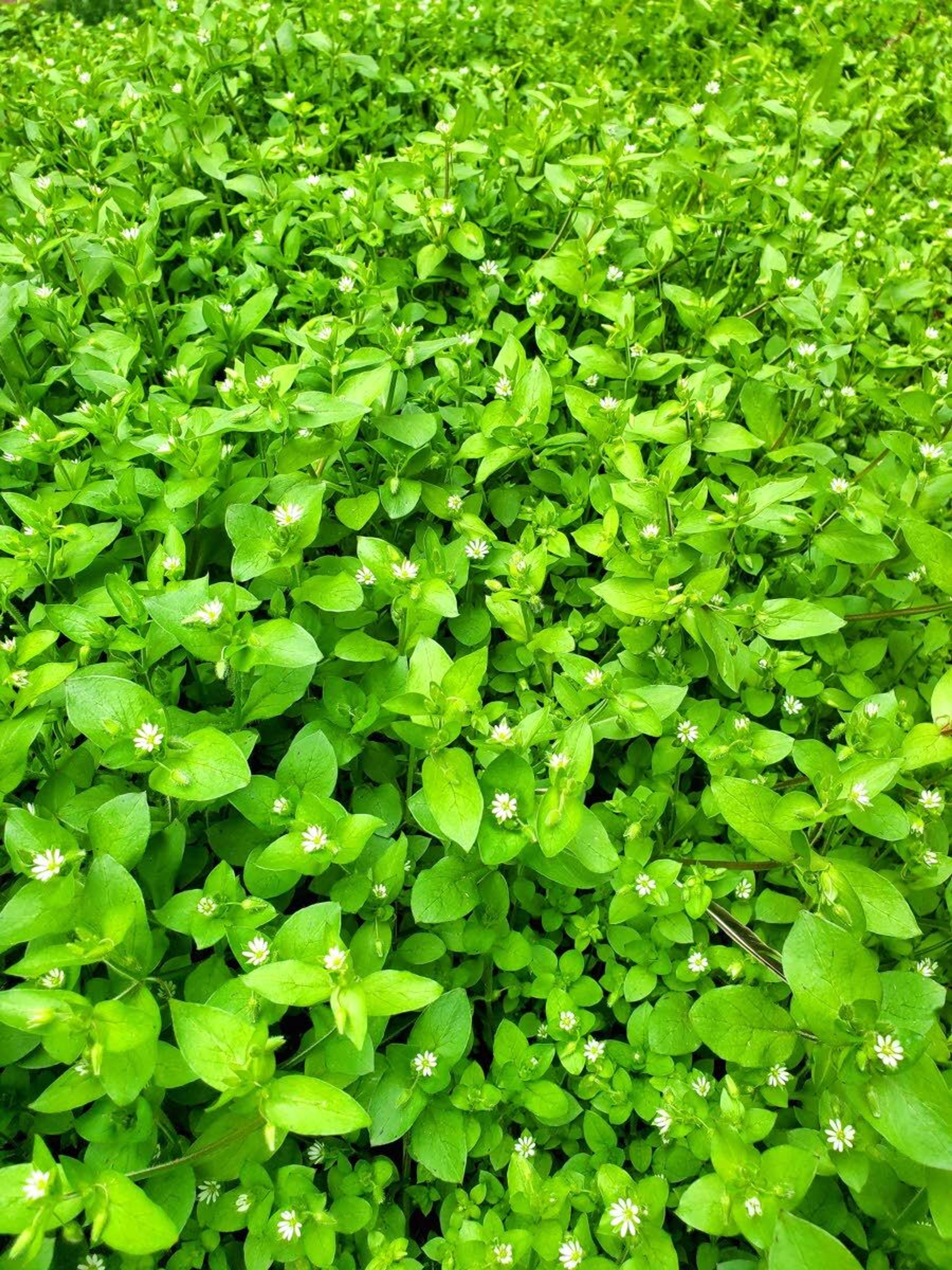Nature provides everything we need. While we buy food from stores, it came from the Earth first. The challenge is, many of us feel disconnected from the source. We don’t know how to grow our own food or anything about edible plants that are freely available.
This is what led me to the vibrant green patch of chickweed in my yard. It was thriving, with no help from me. Many people regard it as a nuisance, but for centuries many cultures have used it as food and medicine.
I didn’t know it was chickweed, at first. I was investigating plants that were growing around me, inspired by the 2020 book “Wild Remedies: How to Forage Healing Foods and Craft Your Own Herbal Medicine,” by Rosalee De La Foret and Emily Han. The book features detailed information, photographs and illustrations of some of the most common edible plants, along with simple recipes.
Before this moment, chickweed was merely a “weed.” That’s how most people view anything growing in their yard that isn’t grass or something they intentionally planted. Manicured lawns are highly overrated, in my opinion. They’d be more worthy of all the water and work they require if they could be eaten.
Chickweed is one of the first plants to grow in the spring; it likes cool weather. In Japan it’s in demand in January as one of the stars of Nanakusa no Sekku, the Festival of Seven Herbs. It is not native to North America, according to what I learned while I worked to confirm that this was, indeed, chickweed.
Take time to identify
Identifying any plant takes time and careful observation of the flowers, stems, leaves, roots, soil, terrain and season. I believe in consulting many resources to correctly identify a plant as edible because many have lookalikes, some of which can be poisonous, even deadly. Along with field manuals, use reputable sources like county and university extension offices; many have websites with multiple photos and detailed descriptions. That’s where I found a final piece of evidence — from the North Carolina State University extension office — that helped me confirm I’d found chickweed, which is “distinguished by having hairs on only one side of the stem and hairs on the sepals.”
If there is ever any doubt, err on the side of caution and don’t use the plant until you find out for sure.
Also, be sure not to harvest plants anywhere chemicals are sprayed.
Putting it to use
In researching, you’ll discover an array of opinions as to if a plant is safe to eat or not. I learned that chickweed contains calcium, phosphorus, magnesium, potassium and vitamin C, along with saponins, an organic chemical often used in soaps to create foam. Saponins can be upsetting to the stomach, depending on the amount consumed. Most sources agreed you would have to eat a lot of chickweed to experience adverse effects, and most people aren’t likely to consume that much. However, it could depend on the individual.
I’m cautious, but I also think there’s a lot of fear and negativity surrounding the use of natural foods and remedies. Once I had no doubt I had identified my plant correctly, I tasted it (it doesn’t have a strong flavor) and then I made pesto, a recommended use from “Wild Remedies.” You could use any pesto recipe and replace basil with chickweed. In a food processor, I blended toasted pine nuts, Parmesan cheese, garlic and 3 cups worth of chickweed, then added olive oil. It was surprisingly good. After my husband tried it, he had second thoughts about his desire to eradicate the chickweed patch.
I also made chickweed vinegar. I filled a pint jar with chickweed, covered it with apple cider vinegar, screwed on the lid and placed it in a cool, dark cabinet. Over time, the vinegar will absorb the nutrients and vitamins. I’ll give it a shake each day, and in four weeks I’ll strain it and use the vinegar as a dressing. I’ll report back on that experiment at a later date.
Whether I find a plant or grow it, for me, it’s not about the end result but developing a deeper relationship with nature.
Bauer is editor of Inland 360. She teaches qigong (pronounced chee-gung) and other self-healing, nature-based practices.












